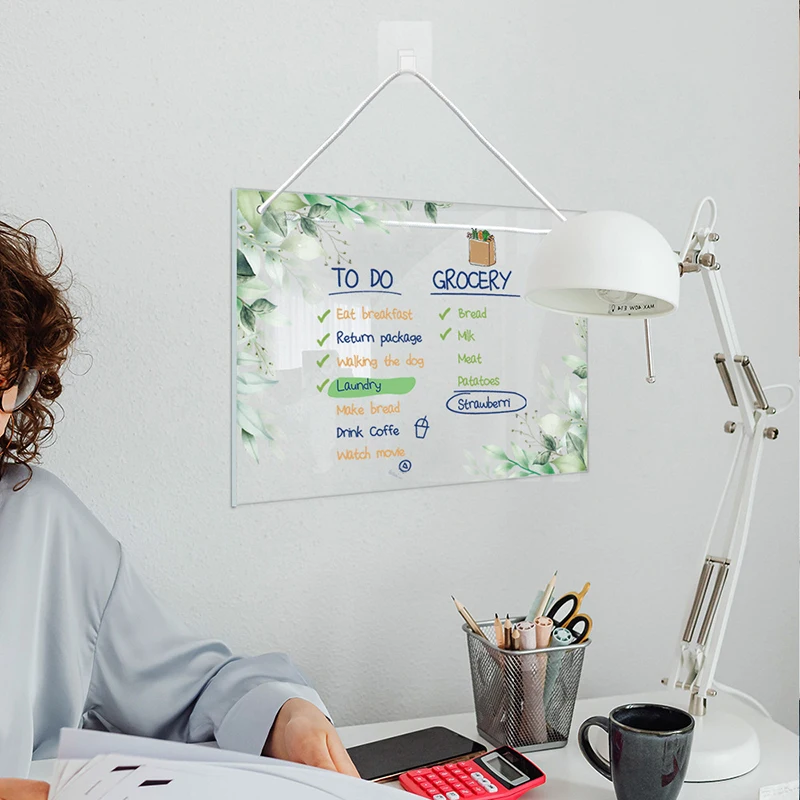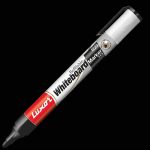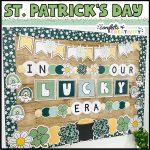Whiteboard drawing is an excellent way to express creativity, simplify complex ideas, and add a fun, visual element to presentations, teaching, or brainstorming sessions. Whether you’re a student looking to take notes in a visually appealing way, a teacher seeking new ways to engage students, or a professional aiming to spice up meetings, easy whiteboard drawings can make a big impact. In this article, we will explore simple and creative ideas for easy whiteboard drawing that will help you bring your ideas to life.
1. The Power of Simple Line Drawings
Why Line Drawings Work for Whiteboards
When it comes to whiteboard drawing, simplicity is often the key. Simple line drawings allow for quick sketches that are easy to modify or erase as needed. Unlike detailed illustrations that can become overwhelming, basic line drawings are clear, effective, and easy to reproduce. This makes them perfect for communicating ideas in a concise, straightforward manner.
Creative Line Drawing Ideas
Start by practicing basic shapes like circles, squares, and triangles. These can serve as the foundation for more complex illustrations. For example, you can draw a tree using simple curves for the trunk and lines for the branches. Animals can be illustrated with simple shapes—such as a cat using a circle for the head and curved lines for the body and tail. By practicing these easy techniques, you’ll be able to create a wide range of designs that will keep your audience engaged without overwhelming them.
Line Drawings in Brainstorming and Problem-Solving
Using simple line drawings during brainstorming sessions can help visualize abstract ideas. For example, you can draw a flowchart using only arrows and lines to show how ideas connect and progress. Mind maps are another great example of using line drawings to organize thoughts in a clear and structured way. With just a few lines, you can illustrate connections, relationships, and hierarchies among ideas, making them easier to understand and analyze.

2. Add a Splash of Color for Emphasis
The Importance of Color in Whiteboard Drawings
While whiteboards are often associated with simplicity, adding a splash of color can make your drawings more engaging and dynamic. Color helps to highlight key points, make diagrams easier to understand, and even evoke certain emotions or reactions. For instance, using red to highlight important points or green to represent growth can make a noticeable impact on the viewer’s experience.
Creative Ways to Use Color
Start by choosing a limited color palette to avoid overwhelming the viewer. For example, use a bold color for key points in your flowchart or diagram, and stick with neutral colors for the rest of the drawing. You can use color to differentiate between categories or types of information. In a Venn diagram, for example, you could use one color for the overlapping areas and another color for the non-overlapping sections.
Additionally, color coding can be an effective strategy when creating timelines or process flows. Each step of a process could be assigned a different color to make the sequence more visually digestible and engaging.
3. Iconography for Quick Communication
Why Icons Are Effective on Whiteboards
Icons are powerful tools in visual communication because they are universally recognized and easily understood. Whether it’s a light bulb symbolizing an idea or a gear representing a process, icons can communicate a wealth of information in a small, simple design. Whiteboards are ideal for using icons, as their simplicity allows you to draw them quickly while still conveying meaningful concepts.
Simple Icon Ideas to Get You Started
Some common and simple icons include arrows, stars, hearts, light bulbs, checkmarks, and clocks. You can use these icons to represent ideas, tasks, emotions, or steps in a process. For example, if you’re presenting a project timeline, you might use a clock icon to represent deadlines or an exclamation mark to indicate important milestones.
You can also create a set of custom icons that fit your specific needs. For instance, if you’re designing a whiteboard for a marketing campaign, you might draw an icon of a megaphone for “promotion” or a target for “goals.” Creating a unique set of icons that are meaningful to your audience can help make your presentation more memorable and easier to understand.
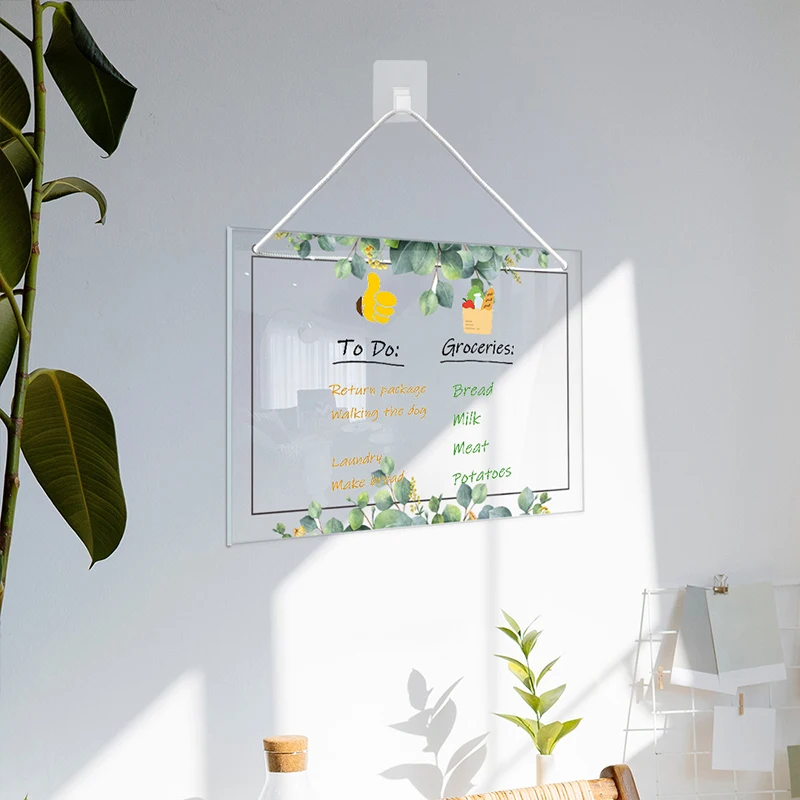
4. Whiteboard Doodles to Enhance Engagement
The Fun of Doodling on a Whiteboard
Doodles are often associated with casual sketching, but they are surprisingly effective in whiteboard drawings. They can break up a text-heavy presentation, introduce humor, and keep your audience engaged. Doodles often allow for a bit of lightheartedness and creativity, helping to reduce tension in a formal setting while still conveying important ideas.
Fun and Simple Doodle Ideas
Start with simple and playful doodles like smiley faces, stars, clouds, or abstract shapes. You can even incorporate doodles into your diagrams, such as adding little arrows that look like cartoon characters or hearts next to points you want to emphasize. Doodling can also be a great way to represent concepts such as “growth” by drawing a small plant or tree growing bigger with each step in a process.
Doodles are particularly effective when explaining complex topics. A complex concept like “networking” might be illustrated with a fun doodle of interconnected lines and circles, showing how different elements work together. These little touches of creativity can make your presentation feel more friendly and accessible, helping to ease your audience into more challenging material.
5. Use Frames and Borders for Organization
Framing Ideas for Clarity and Structure
One of the best ways to organize content on a whiteboard is by using frames and borders. These can help group similar ideas together, making it easier for your audience to follow along. A simple rectangular or circular frame around a diagram or key point can act as a visual cue that highlights important information.
Creative Framing Techniques
You can experiment with different styles of frames to make your drawings stand out. For example, use dashed lines to create a casual, informal frame or thick solid lines for more emphasis. You can also use different shapes for framing. A triangular frame could indicate something dynamic or cutting-edge, while a square frame might give off a more organized, structured feel.
Another framing technique is to use arrows or lines pointing toward a key idea or concept, drawing attention to the area you’re focusing on. By breaking up the content into framed sections, you can create a clear and digestible flow for your audience to follow.
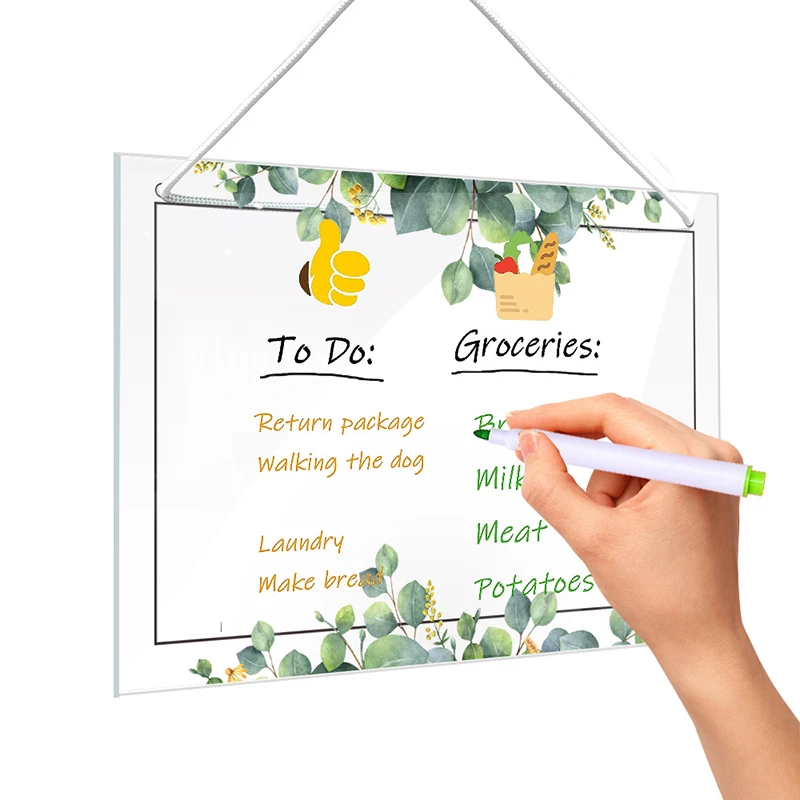
6. The Power of Hand-Lettering
Why Hand-Lettering Works on Whiteboards
Hand-lettering is a fantastic way to add personality and emphasis to your whiteboard drawings. Instead of typing text or using basic block letters, hand-lettering adds a human touch that can make your whiteboard look more inviting and creative. The flexibility of hand-lettering allows you to emphasize key points through bold, italic, or underlined letters, and you can even incorporate decorative fonts to make the text stand out.
Creative Hand-Lettering Techniques
To get started, focus on creating bold, easy-to-read headings for your diagrams or flowcharts. Use thick, dark lines for important titles and consider adding flourishes or shadows for a three-dimensional effect. You can also experiment with cursive or handwritten fonts for subheadings or quotes, helping to create variety within your presentation.
Additionally, hand-lettering can be used to draw attention to specific points in your diagrams. For example, you might use larger letters for key concepts and smaller letters for supporting details, or use bright colors to make certain words pop.
7. Visual Metaphors to Simplify Complex Concepts
Using Metaphors for Easy Understanding
Visual metaphors are a great way to simplify complex ideas and make them more relatable. By using images that represent abstract concepts, you can make your whiteboard drawings more accessible and memorable. For instance, if you’re explaining a process of change, you might use the image of a butterfly emerging from a cocoon to represent growth and transformation.
Examples of Visual Metaphors
Some common visual metaphors include a ladder for progress, a puzzle piece for problem-solving, or a road for decision-making. Visual metaphors can be especially useful in explaining business processes, teaching abstract concepts in education, or illustrating steps in a workflow.
The key to using metaphors effectively is ensuring that they are universally recognizable and tied closely to the concept you’re trying to explain. For example, a lightbulb is widely associated with an idea or solution, and a gear symbolizes machinery or systems in motion. By incorporating these symbols into your whiteboard drawings, you can quickly convey complex messages with ease.
8. Interactive Whiteboard Drawings
Engaging Your Audience with Interactive Drawings
One of the most exciting ways to use whiteboard drawings is through interactive design. This can involve asking your audience to participate by filling in a diagram, drawing their own ideas, or answering questions on the whiteboard. Interactive whiteboarding is a powerful tool for teaching, brainstorming, and problem-solving, as it keeps everyone involved and engaged.
Examples of Interactive Whiteboard Activities
For example, during a brainstorming session, you can create a mind map with branches extending outward. Invite your audience to contribute ideas by writing or drawing on the whiteboard. Alternatively, you can ask them to sketch simple illustrations to represent different aspects of a concept, creating a collective visual that everyone can understand.
Interactive whiteboarding can also be used for teaching purposes. For instance, in a classroom setting, you can create a quiz with different sections of the whiteboard representing different questions. Students can come up to the board to answer, turning the whiteboard into a dynamic learning tool.
